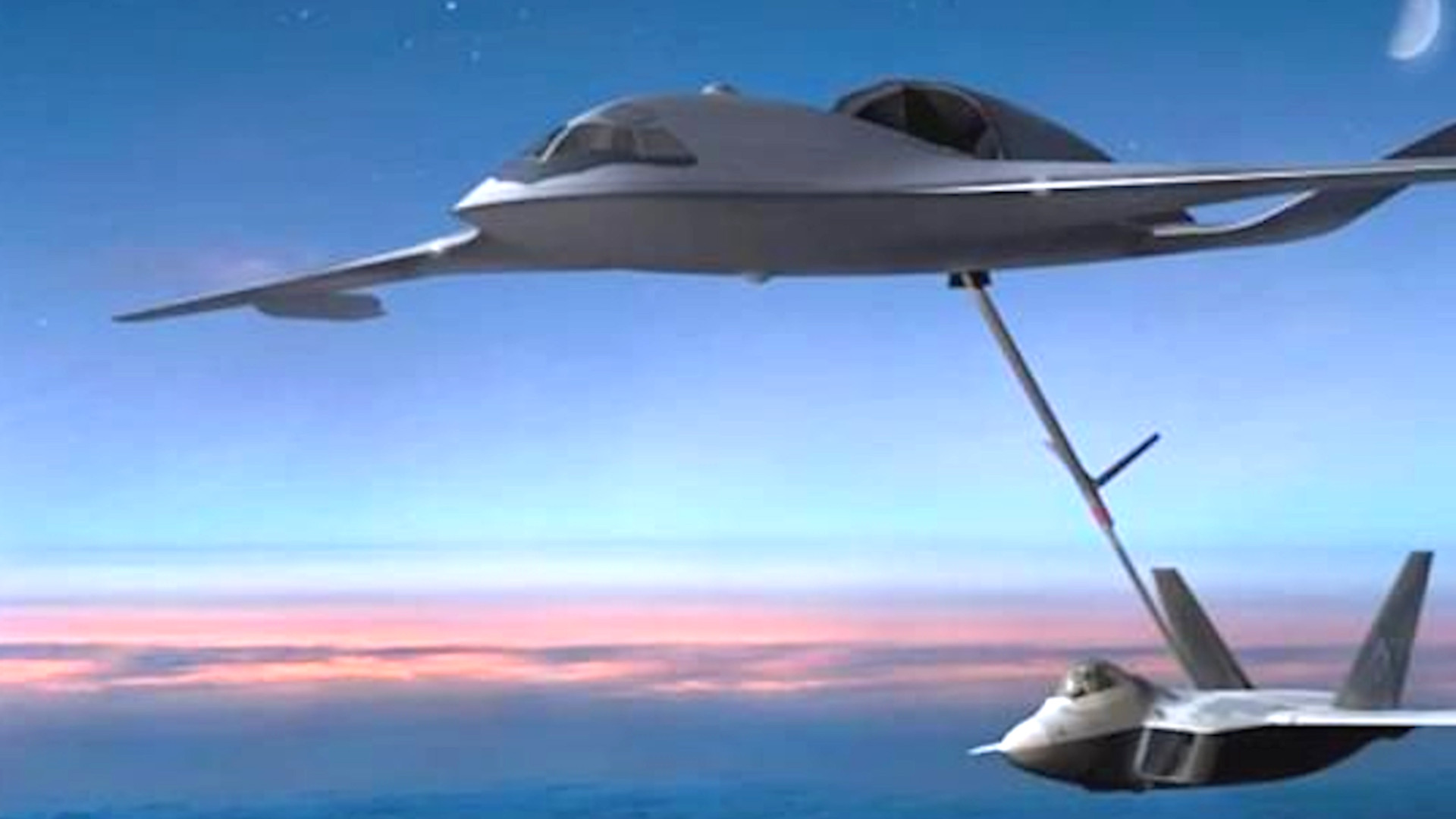The U.S. Air Force says it would like to have a fleet of next-generation aerial refueling tankers in service by 2040. At least for the time being, the service says that it is willing to consider a wide range of options for what the tankers might actually look like, but says they will need to be able to provide support in “contested scenarios.” Lockheed Martin and Boeing have already been exploring relevant design concepts with blended wing-body planforms and that are at least somewhat stealthy.
The anticipated schedule and other details about what the Air Force is officially calling the Next Generation Air-refueling System (NGAS) were included in a Request For Information (RFI) contracting notice posted online yesterday. The announcement indicates that the service is still refining its specific requirements for NGAS and is hoping to begin a more formal process of exploring its options, called an Analysis of Alternatives (AoA), this year.
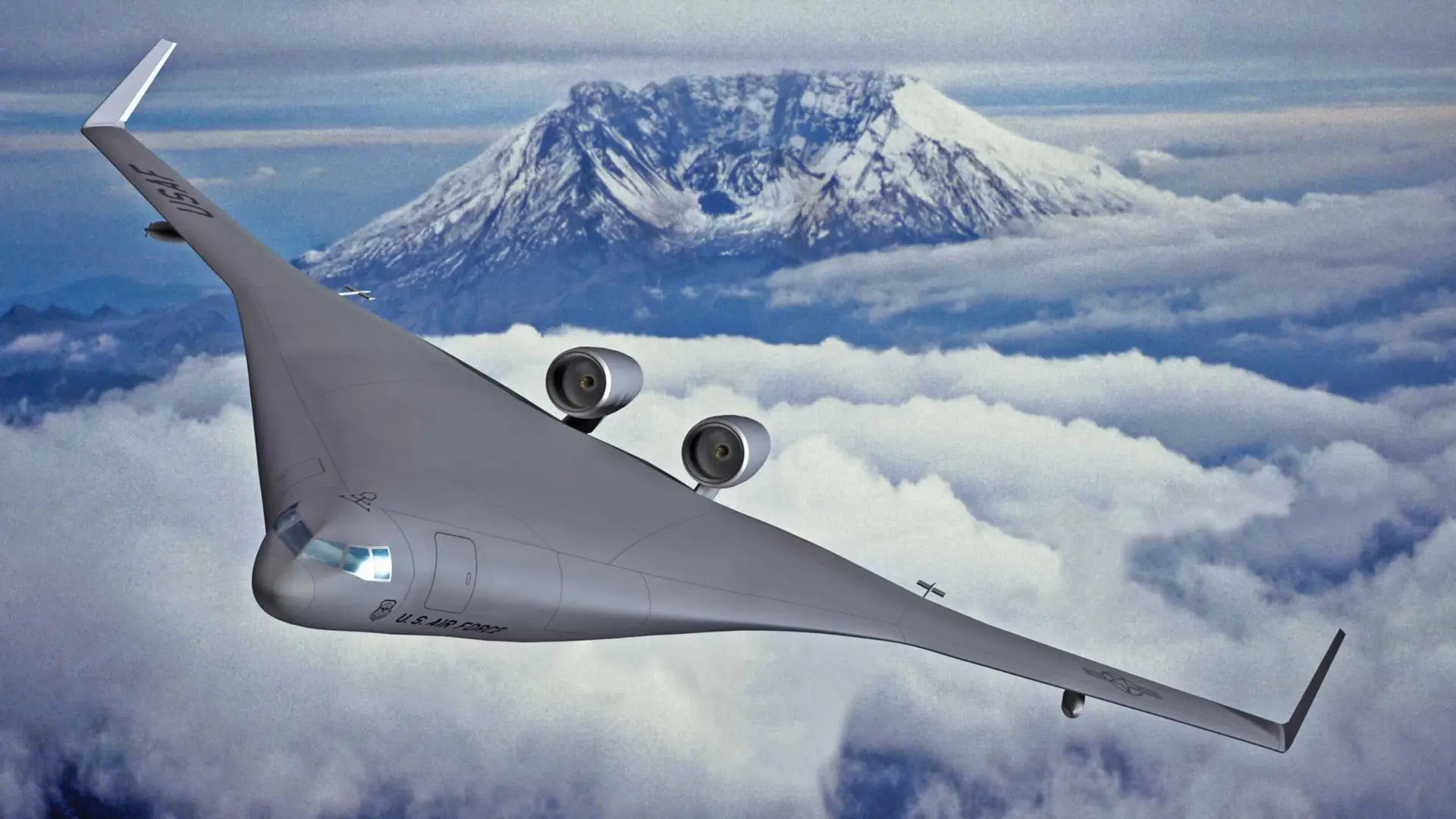
“The Department of the Air Force (DAF) is pursuing continued development of the next generation of tanker concepts that address the changing strategic environment,” the RFI says. “The team is seeking information on innovative industry solutions that might fulfill the most stressing and complex air refueling mission requirements of the future fight.”
“NGAS shall be required to address employment in contested scenarios,” the notice adds. “The DAF is interested in innovative solutions in all size and performance classes that might address the stressing mission requirements; airspeeds should be compatible with modern receivers.”
The term “receivers” here refers to aircraft that would refuel from these future tankers.
The notice does not offer any other details about possible NGAS requirements.

The lack of any specific reference to “stealth” or “low-observability” is eye-catching. However, the specific mention of “contested scenarios” does make clear that the Air Force wants the future tankers to be able to support operations in higher-threats environments and points to a major focus on survivability over its existing non-stealthy types. Stealthiness against radar is only one way to help reduce vulnerability and future Air Force tankers are very likely to have an array of different defensive features and capabilities.
This is all fully in line with public statements made by senior Air Force officials for years now, including Secretary of the Air Force Frank Kendall, about the need for more survivable tankers, as well as airlifters and other support aircraft. The War Zone outlined a detailed case for stealth tankers over half a decade ago, based in part on experimental design work the Air Force had already done by that point. Since then, the service and other components of the Department of Defense, such as the Defense Innovation Unit, have continued to explore stealthy and otherwise advanced aircraft concepts that could be used as tankers and in other support roles.
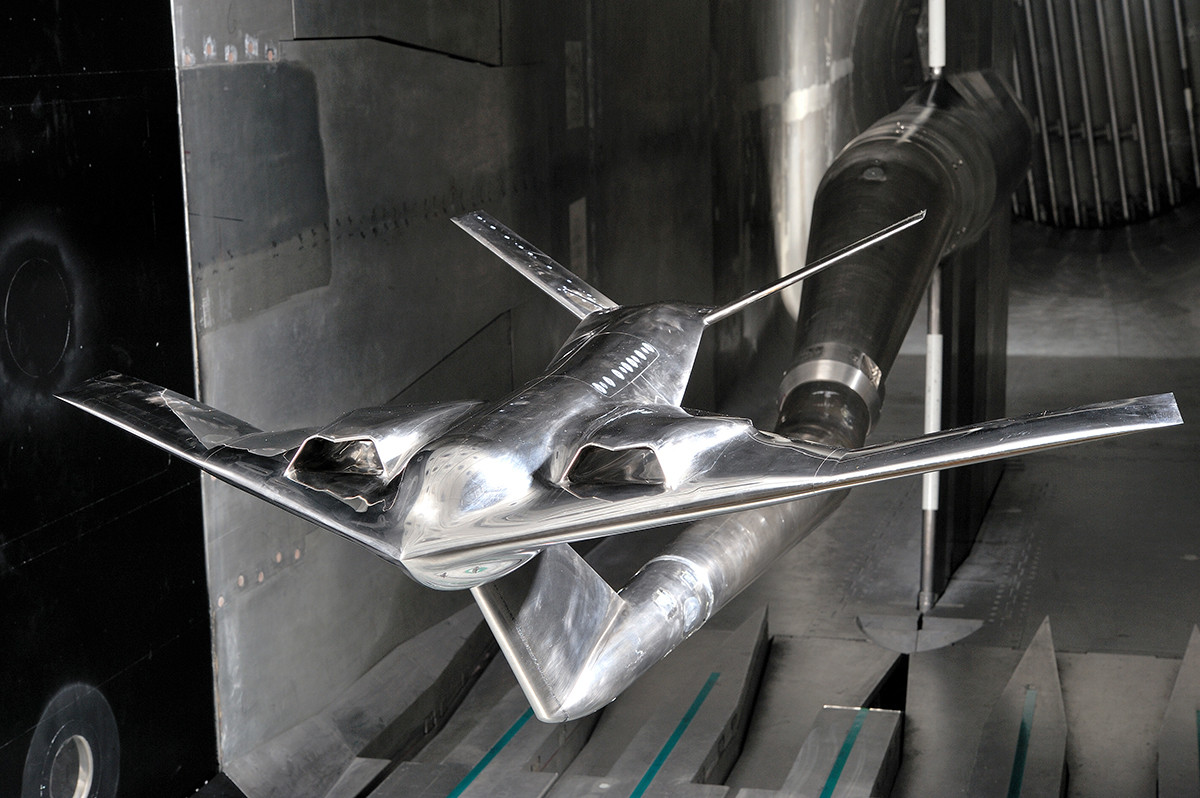
“Traditionally, we could take a commercial derivative aircraft, turn it into a tanker or a transport,” Kendall remarked during an online talk that the Council on Foreign Relations (CFR) think tank in Washington, D.C., hosted last month. “[But] they’re not designed with a high premium on—or a high set of requirements for survivability, for resilience.”
“The threat’s taking that freedom [of design] away from us,” Kendall continued. “We’re considering the current tanker modernization, which is basically recapitalization. But I think we’re going to have to move beyond that to the next generation and it’s going to have to survive in an environment that the current fleet hasn’t had to worry about.”
The NGAS RFI does make clear that the Air Force, at least at present, is still working within its three-increment concept for acquiring new tankers. The first increment, originally referred to as KC-X, resulted in the acquisition of Boeing’s KC-46A Pegasus. The KC-46A is a traditional non-stealthy commercial-derivative design and continues to suffer from significant issues with key systems, as you can read more about here.
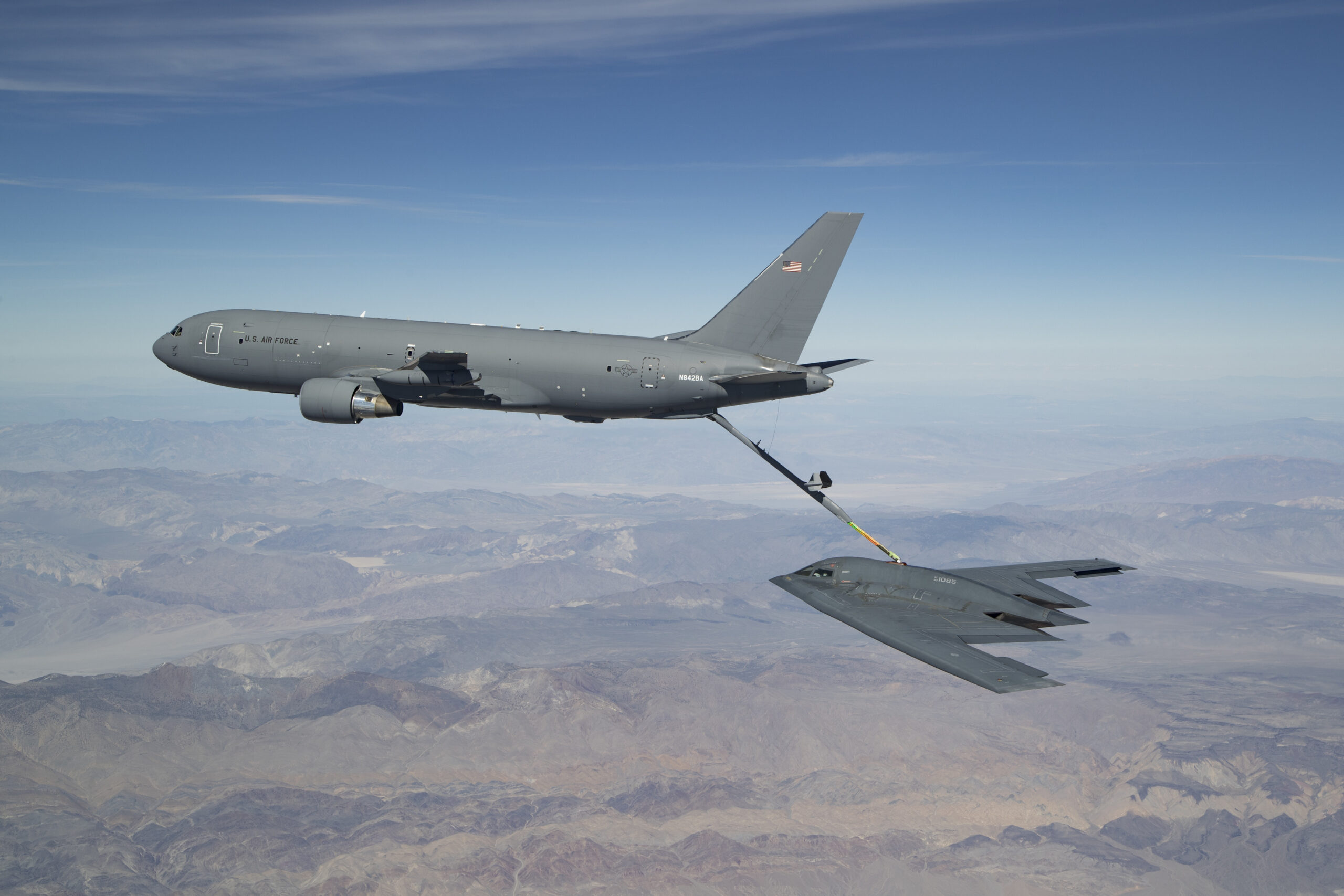
The second increment is an interim tanker effort, referred to variously as KC-Y or the “bridge tanker,” which is intended to allow for the Air Force to continue to replace its aging KC-135 and KC-10A tankers as it moves toward a true next-generation design. The service’s current acquisition plans for the KC-46A do not provide enough new tankers to replace those older aircraft on a one-for-one basis.
KC-Y is currently in a limbo of sorts with the Air Force saying last year that it could skip holding a new tanker competition in favor of a sole-source contract with Boeing to buy more KC-46As. Some members of Congress have already said that they might fight any such decision. Lockheed Martin, in cooperation with European aviation conglomerate Airbus, has already been pitching an alternative in the form of a new derivative of the A330 Multi-Role Tanker Transport (MRTT) dubbed the LMXT.
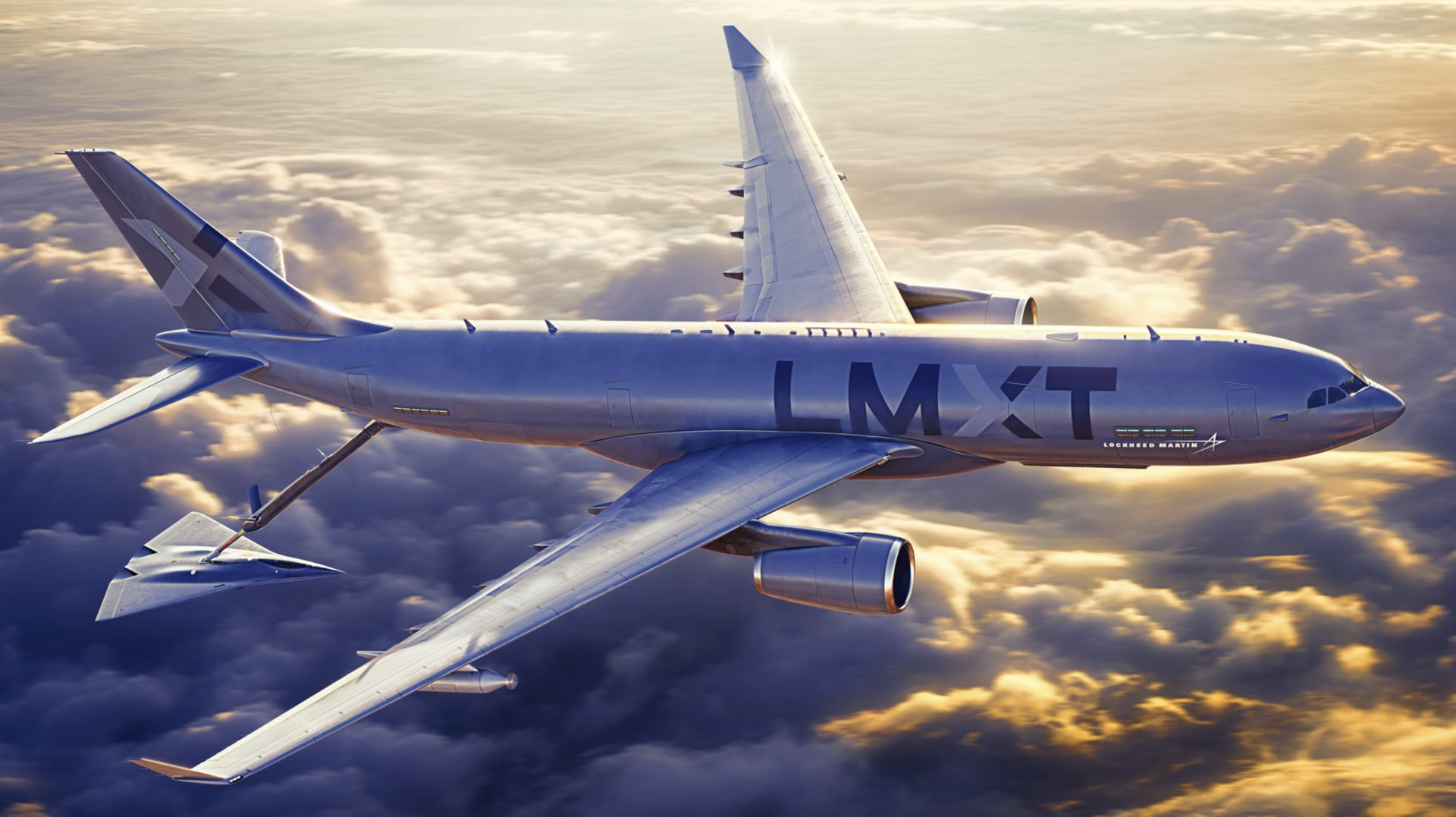
NGAS is the third increment in this plan and has also been referred to as KC-Z in the past.
All told, it very much remains to be seen what proposed NGAS designs might entail and whether the Air Force decides to pursue a single platform to meet those requirements. Lockheed Martin and Boeing have both presented relatively large advanced blend wing-body-like designs, which offer advantages in terms of fuel economy and range, with varying degrees of stealth as potential tankers in the past.
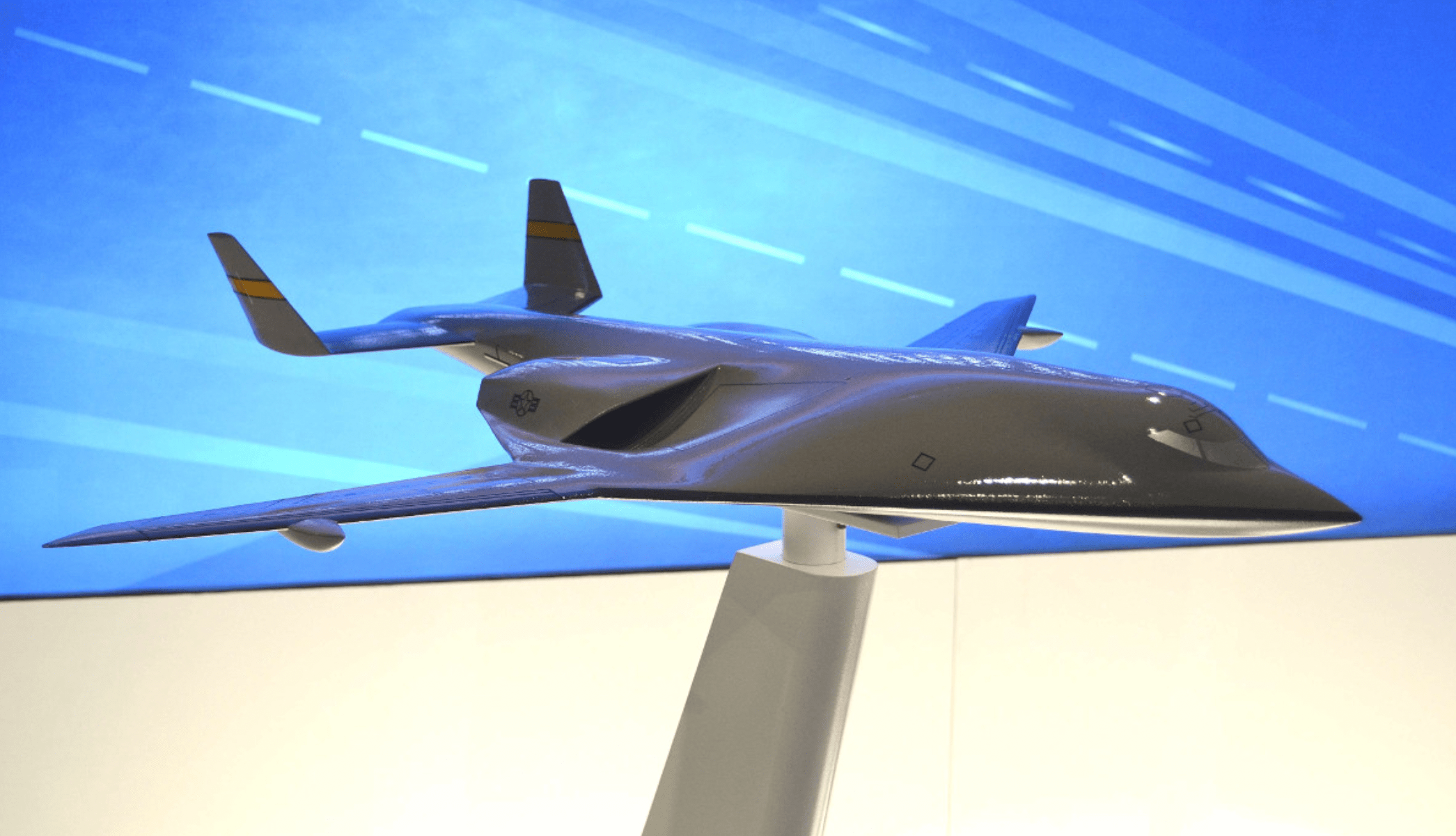
Boeing just unveiled a new stealthy BWB concept last month, which is currently designed around the tactical airlift mission, but could be adaptable to aerial refueling.
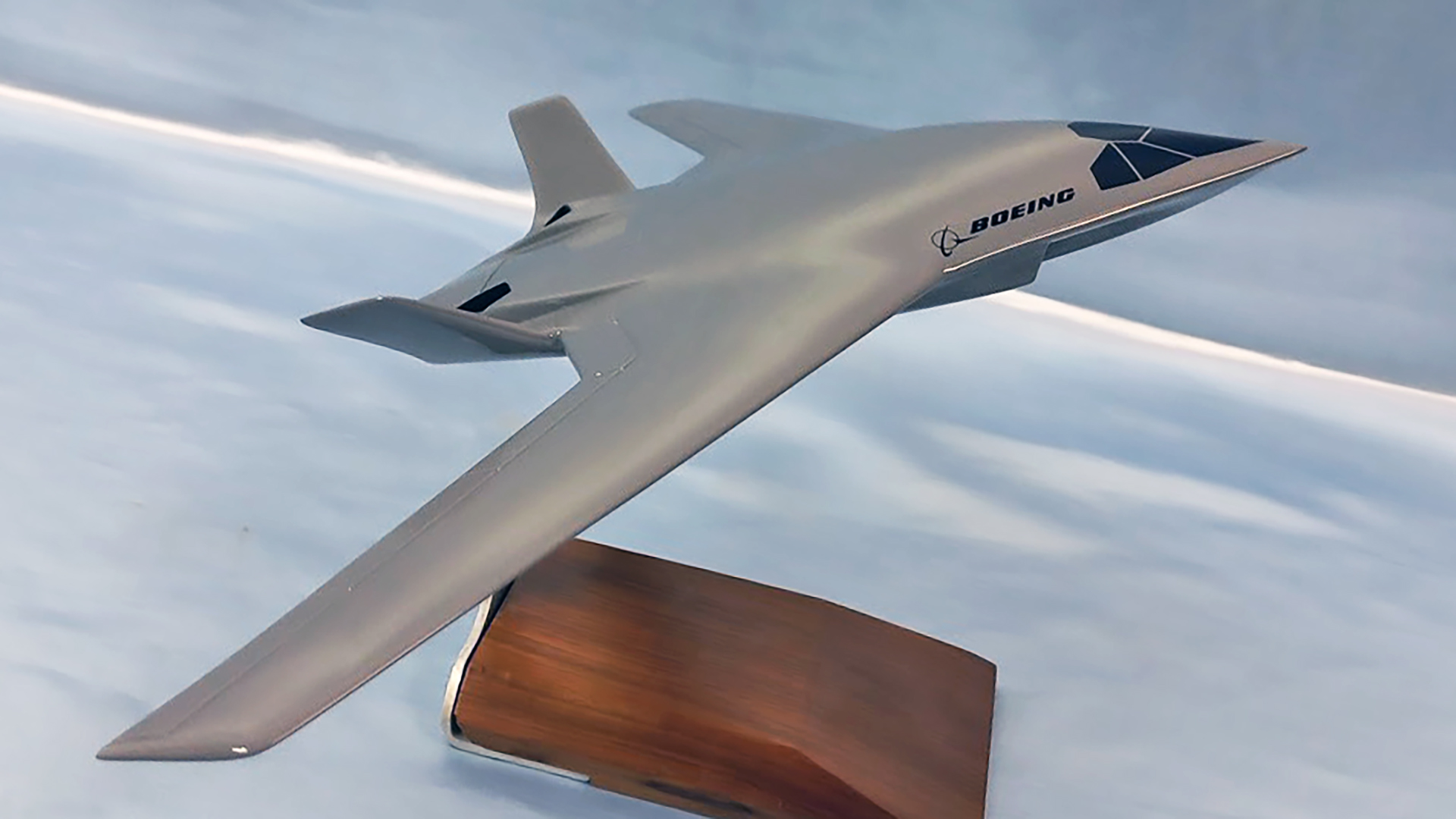
At the same time, smaller concepts, including pilot-optional or entirely uncrewed ones, have been put forward. In 2019, the Air Force itself revealed that it was even exploring the idea of a podded aerial refueling boom that could be integrated as required onto various platforms to turn them into tankers.
The U.S. Navy is already in the process of acquiring a fleet of MQ-25 Stingray uncrewed aerial refueling tankers from Boeing, but these are configured to use the probe-and-drogue refueling method. Most Air Force aircraft use the boom refueling method. The MQ-25 is also a tactical refueling asset with just a fraction of the fuel available for offload compared to USAF tankers.

A future aerial refueling concept of operations to provide support in higher-threat environments, especially during any future major conflict against a potential near-peer adversary like China, could very well include multiple tiers of advanced tankers. Larger types with some degree of stealth and other survivability features might orbit just outside the range of enemy threats and offload fuel into smaller uncrewed designs that then head out closer to the actual fight.
There are, of course, questions about just how realistic it might be to conduct those forward aerial refueling operations, which would require the tanker and receiver to be linked together for a prolonged amount of time, all in a very high-end threat environment. This is an inherent issue presented by the heavy emphasis in the Air Force’s current tactical aircraft fleets on shorter-legged combat jets, something that the U.S. Navy and the Marine Corps also have to contend with. This has prompted separate concerns for years now about the Air Force’s ability to provide sufficient tanker capacity to support high-tempo operations.
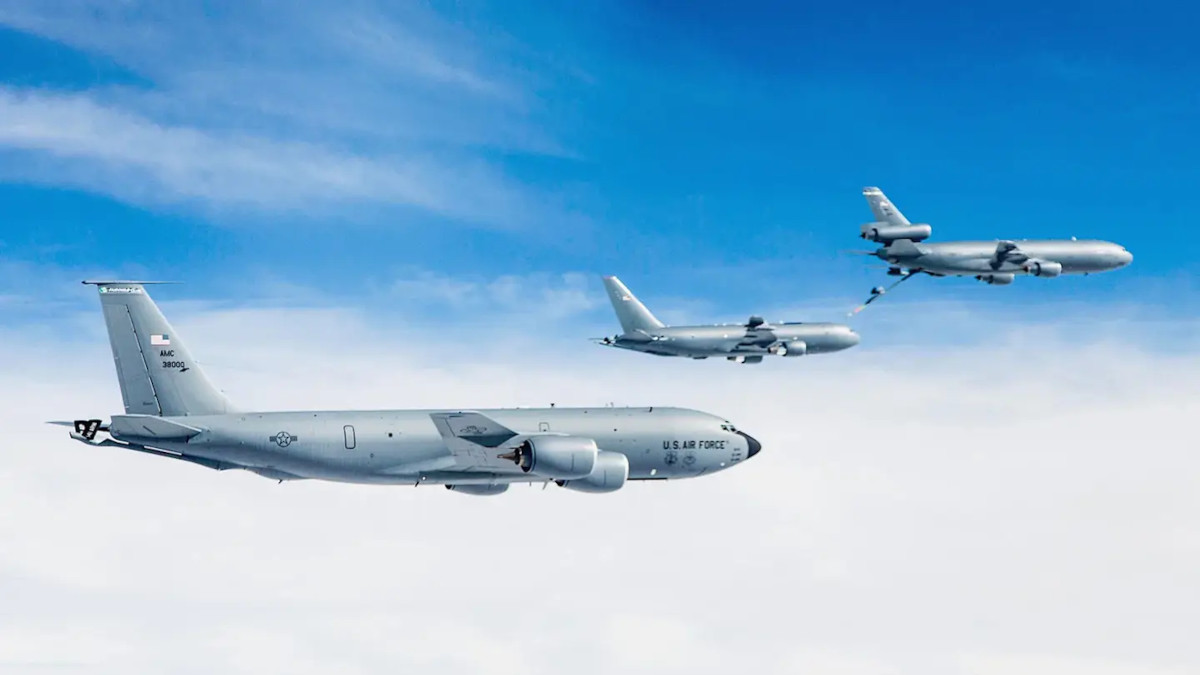
There are even broader questions about how the U.S. military, as a whole, will be able to operate effectively in future conflicts where various types of critical support, including tankers and fixed bases, may simply not be available for a host of reasons. This is driving the development of new expeditionary and distributed concepts of operations across the services, including growing interest in complete runway independence.
Future Air Force combat aircraft designs, as well as Navy and Marine Corps ones, crewed or uncrewed, may well seek to reduce the U.S. military’s overall reliance on aerial refueling. The sixth-generation crewed combat jet the Air Force is developing under its larger Next Generation Air Dominance (NGAD) program is expected to be focused on longer-range operations, though a shorter-range variant or derivative could still be a possibility. From what we know so far, the B-21 Raider stealth bomber is set to have very impressive long-range capabilities.
The Air Force and others are set to increasingly introduce higher-end uncrewed platforms into in their future force structures, too. These designs are set to have significantly increased combat radiuses – perhaps over two to four times as much reach – compared to their crewed counterparts. This, in turn, will lower dependency on tankers.
The Air Force’s current preferred NGAS schedule, with that advanced capability not expected to be operational for nearly two more decades, would seem to underscore the challenges and complexities involved. The service could, of course, seek to accelerate this timeline if threats look to set to outpace the current planning.
What is clear is that the Air Force recognizes it has a critical need for more survivable tankers to support future operations in high-risk scenarios and is finally looking to move forward in acquiring aircraft to meet that vital demand.
Contact the author: joe@thedrive.com
